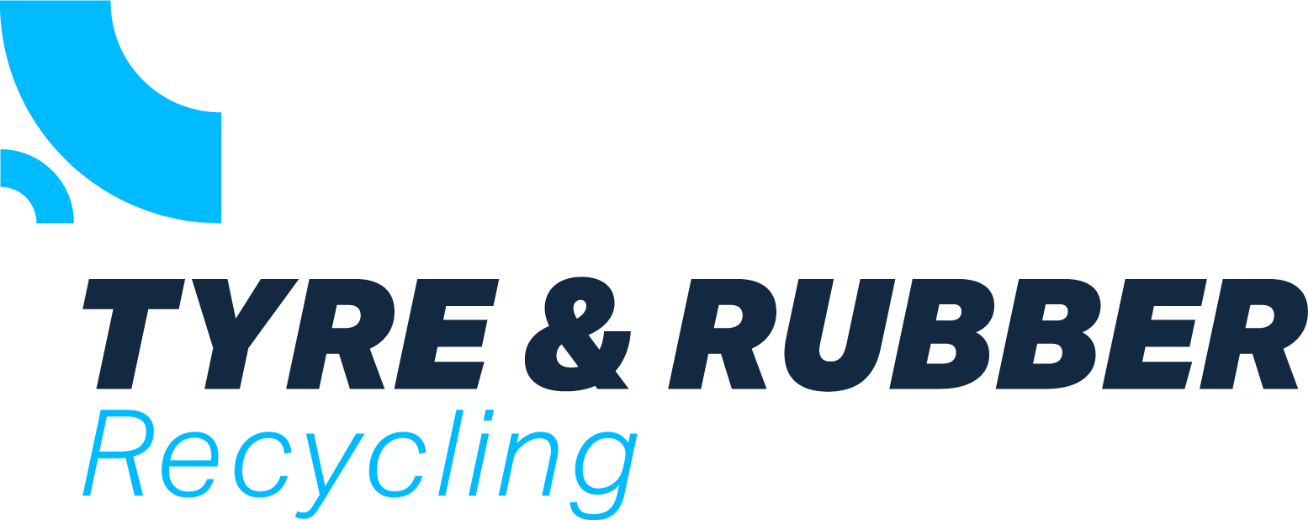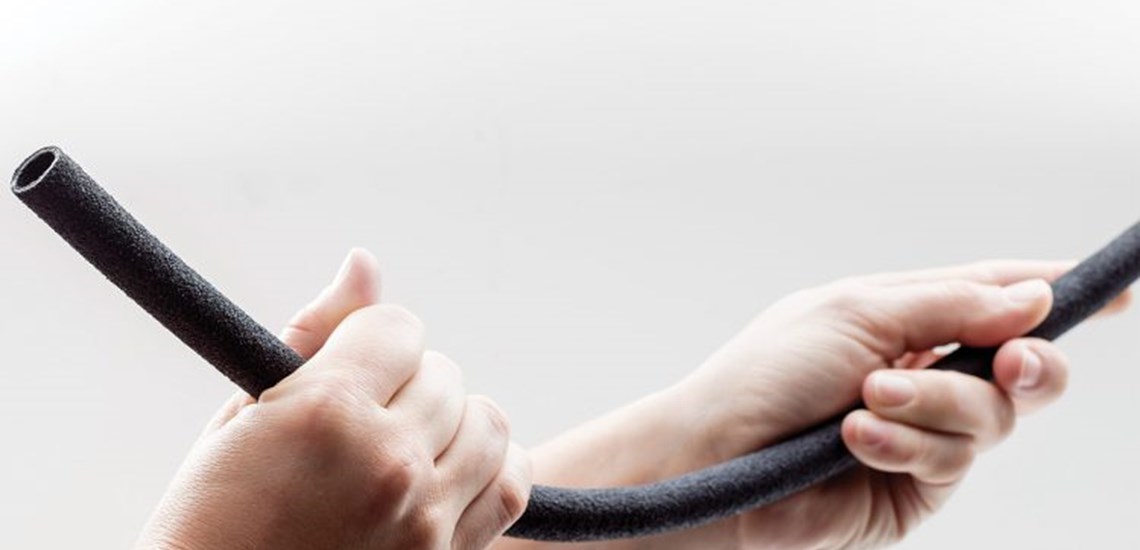The El Dorado of the tyre recycling world is finding a better solution for the world’s waste tyre issues. In Australia, the imminent ban on the export of tyre waste is focusing minds on possible solutions.
Australian Researcher Develops Rubber Polymer Solution
Developer Michael Vainer is one engineer looking at an alternate solution.
Michael Vainer is the inventor and founder of Polymeric Powders Company. He has been trying to develop solutions for tyre waste for more than fifteen years.
Vainer’s initially recognised tyre disposal challenges through a company he founded, Worldwide Trade Corporation.
“It gave me the opportunity to be involved with Russian tyre manufacturer AMTEL,” he said, “enabling me to see the global problem of the lack of environmentally sustainable disposal of end-of-life tyres. .”
He then co-founded VR Tek Global in 2006, working on a process for cutting and segmenting a tyre into its components.
The technique focused on processing the rubber to devulcanise it and treating it with gas to functionalise the powder’s surface area, aiming to produce recycled material that could be a substitute for virgin rubber material.
“However, this still cut sulphur-carbon as well as sulphur-sulphur bonds throughout any vulcanised rubber material,” explained Vainer, whose then-company was collaborating with Deakin University researchers on chemical treatments.
“That process was proven to still very substantially degrade the rubber, as well as the rubber still containing steel and fibre,” Vainer said.
Vainer abandoned efforts to recycle whole end-of-life tyres but continued the quest for environmental sustainability at new company Polymeric Powders.
Vainer started to look at new polymer-rubber composites, which meant he had to develop new products and processes. He became interested in concurrent engineering processes and completed a Master of Engineering.
The idea of bonding polymers with rubber is not new, in fact it has been put to commercial use in Sweden by Äke Paulson’s Ecorub.
Polymeric Powders’ process takes in raw materials from tyre shredders, applies thermal processing followed by a cracking process, then combines the resulting powders with plastic polymers. The resulting composite material is provided as masterbatch pellets for injection moulding or extrusion, or as filament for 3D printing.
“I have now developed a very controlled surface area devulcanisation approach, which does not degrade the rubber, if I utilise any recycled rubber for my plastic-rubber composite material production,” explained Vainer.
So far, recognition for Vainer has included reaching the finals of the Australian Technologies Competition in 2015 and receiving support from Tyre Stewardship Australia in 2017 to develop and test a composite for injection moulded flexible irrigation pipes.
Vainer believes that Australia is not well placed for the future, because there is limited demand from manufacturers for products from local recyclers of tyre rubber and plastic at current prices.
“What’s needed are high value uses from such materials”, he said.
“The company should be able to purchase feedstocks produced from Australian recyclers of tyre rubber and plastic, and then utilise them in its processes of producing plastic-rubber composite material for selling as a masterbatch to high value product manufacturers,” Vainer said.
“However, the still necessary finalisation of research and development requirements, including the necessary machinery involved, is very costly for a small enterprise and requires initial upfront funding and subsidy from government if Australia is going to be serious in addressing this major problem.”
According to Polymeric Powders, its plastic-rubber material offers the benefits of increased shock absorption, crack resistance and insulation. It is suitable as masterbatch for uses including agricultural irrigation drip-pipes, ceiling housing for passive infrared sensors, and electrical metallic tube insulating bushings, among other applications that Vainer is still researching.
Production at the company’s North Geelong site is at research and development level currently. Feedstocks it has used have included specific types of raw rubber, varieties of recycled tyre crumb and commercial plastics. After investigation, Vainer said the company’s business model will need to use recycled plastic to be viable.
“I have therefore been working on adjusting and adding to the technological processes … to be able to take in recycled plastic,” he said.
Source: Create




















